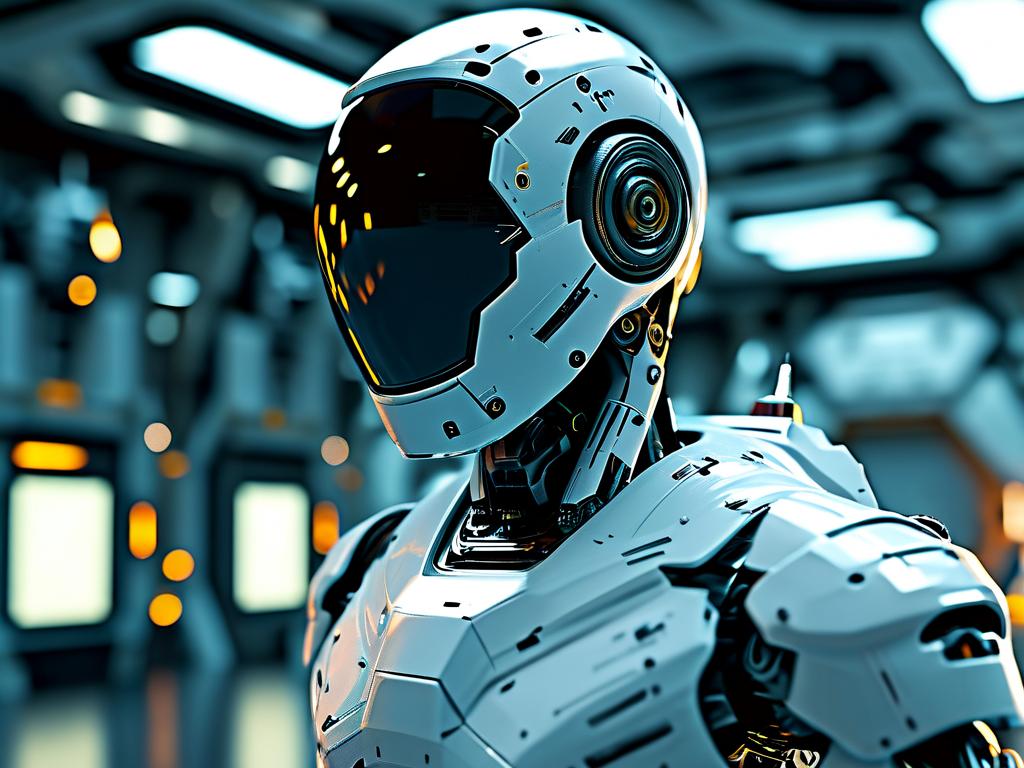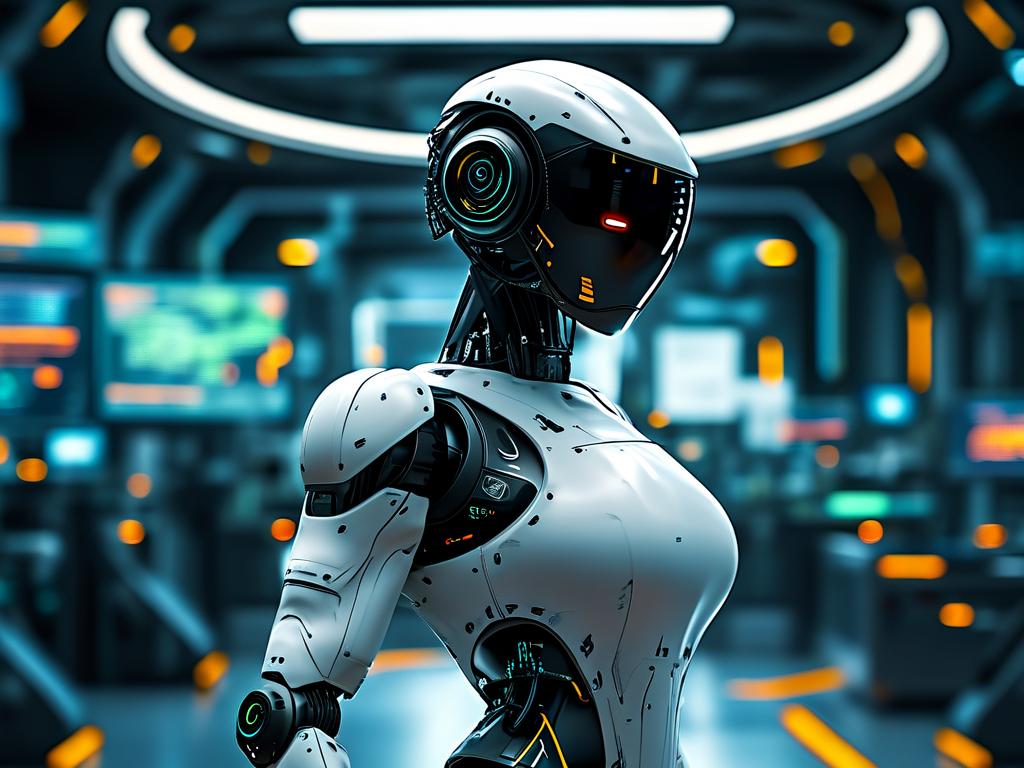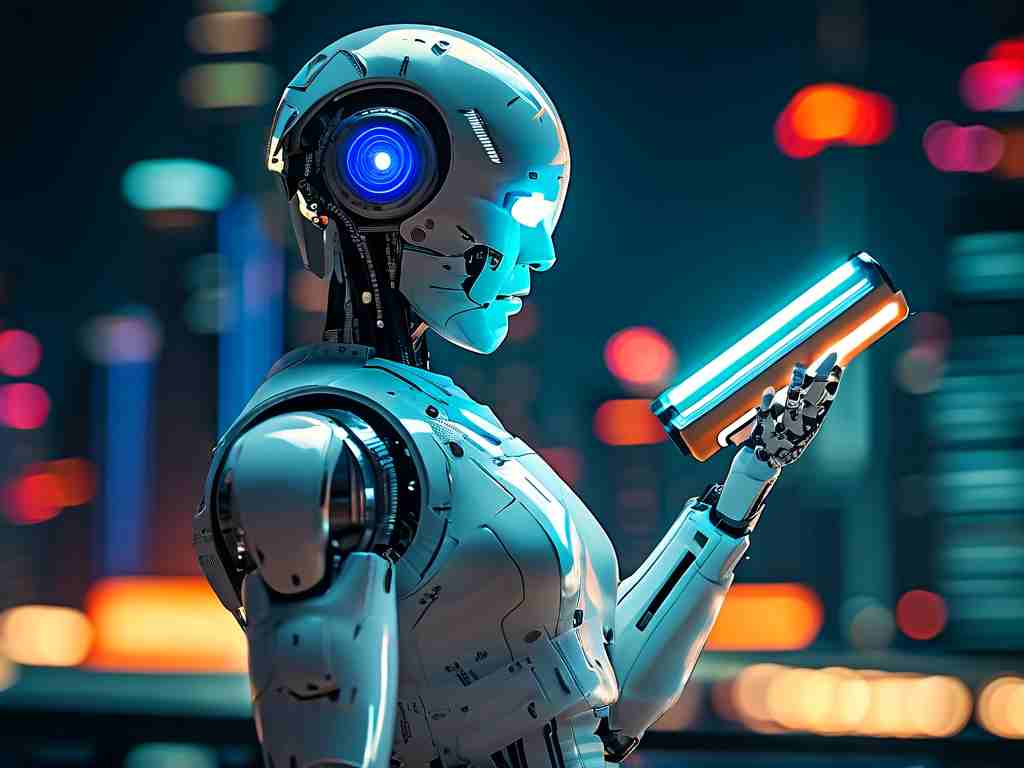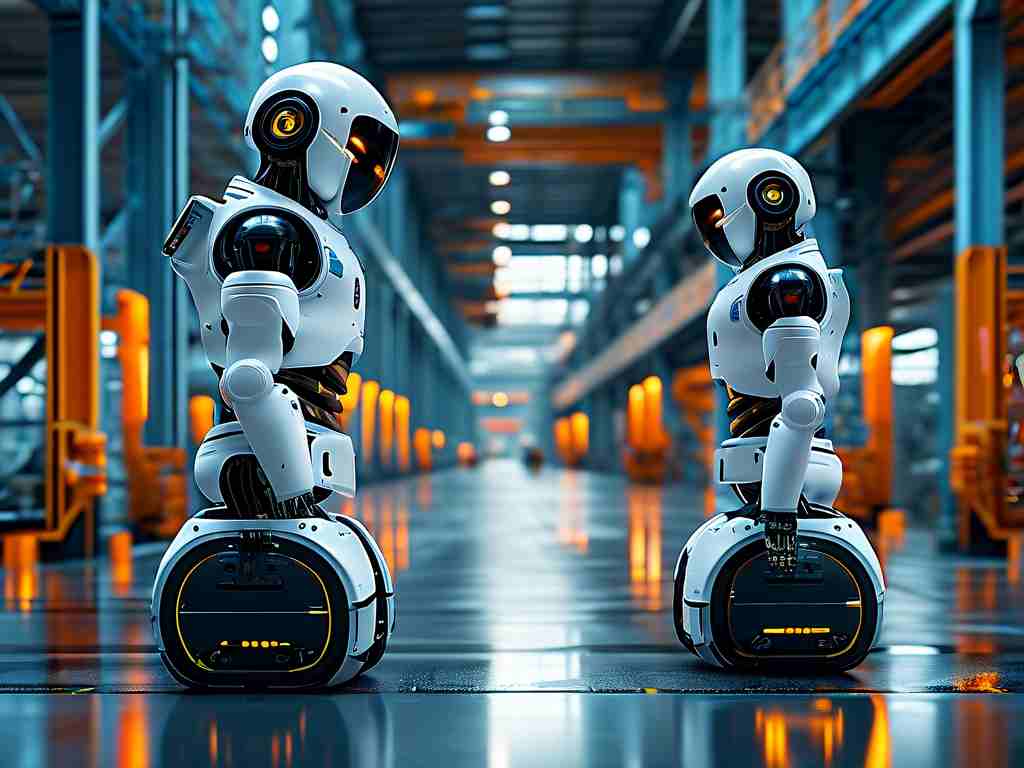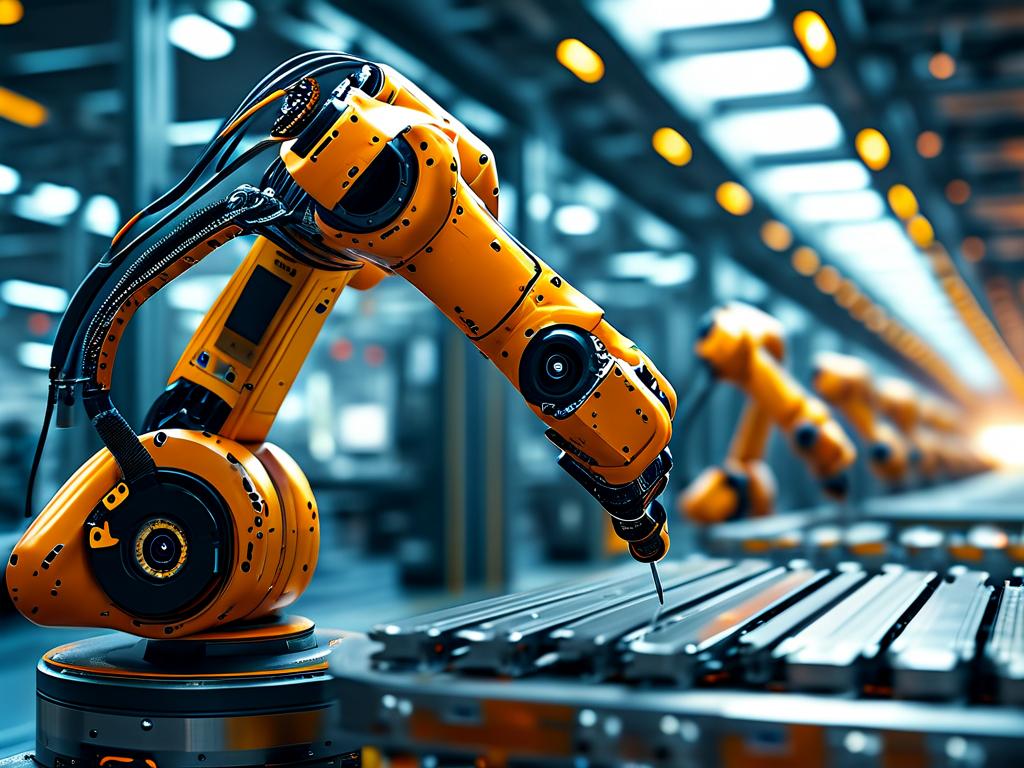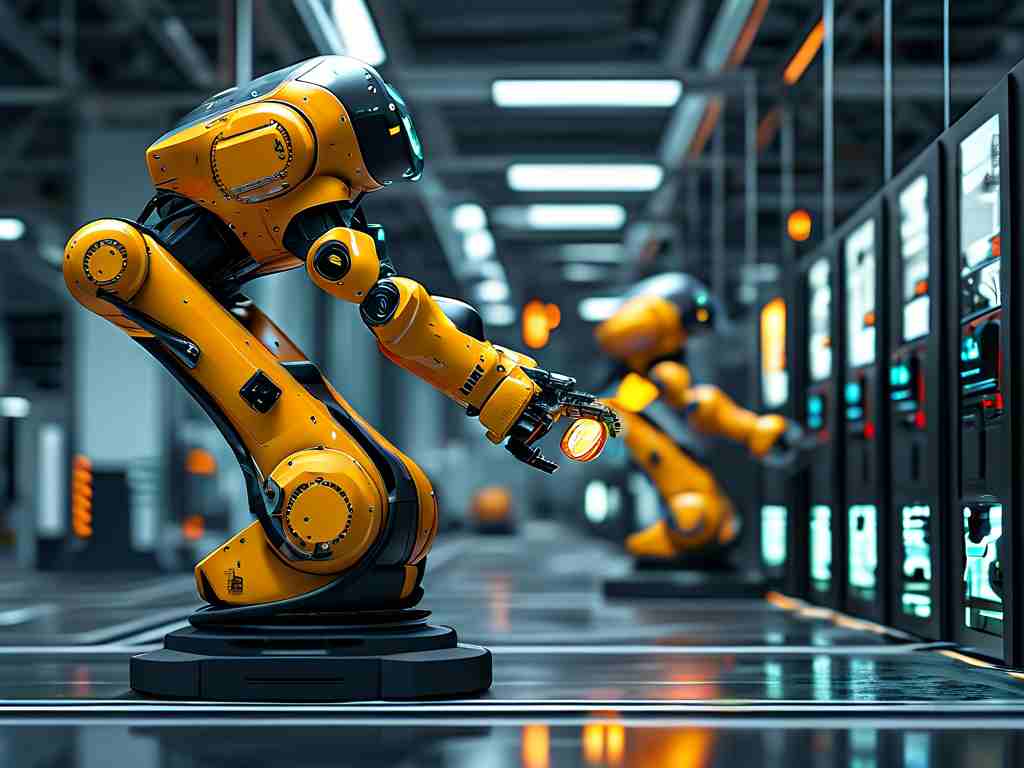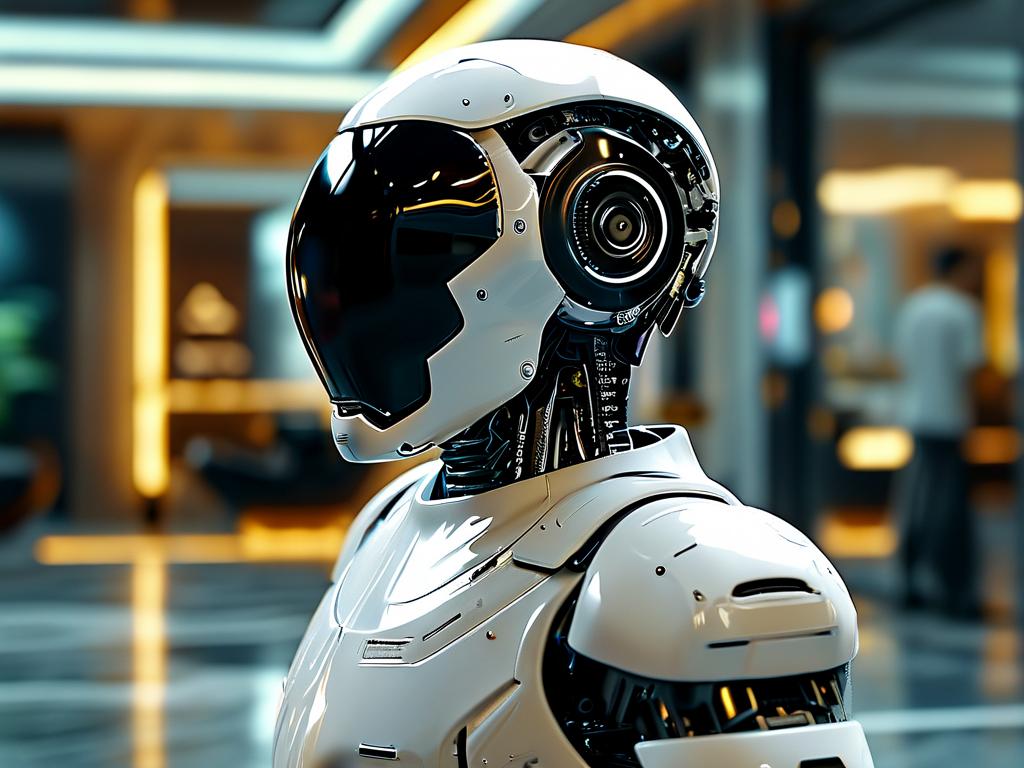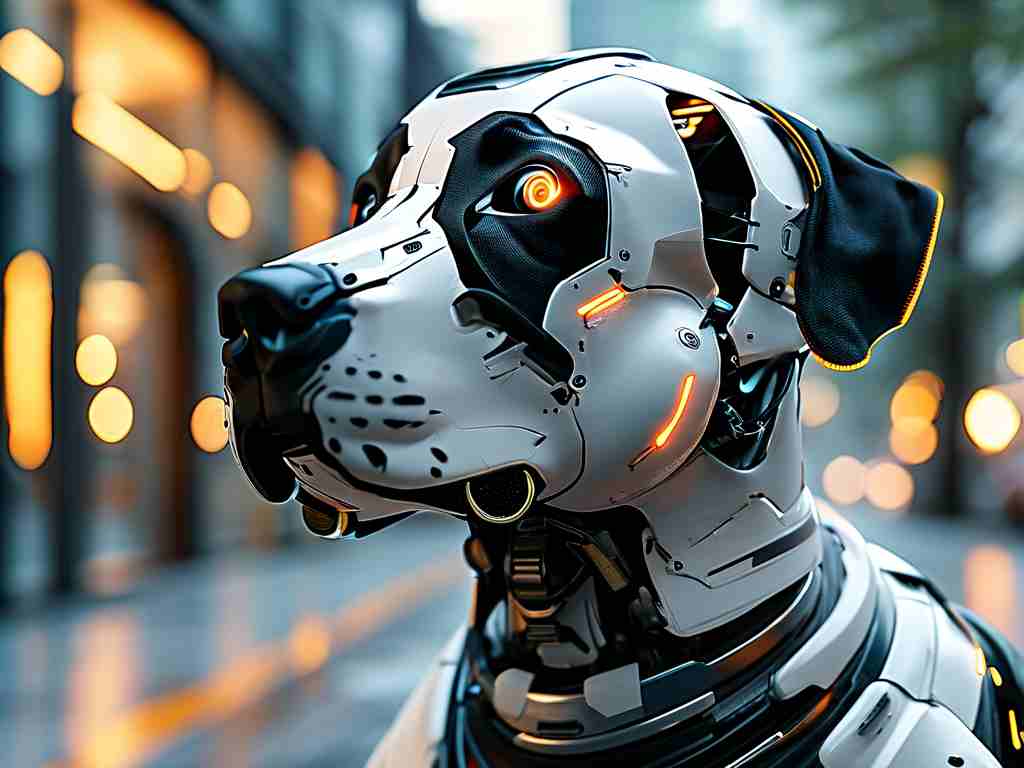Robot navigation technology is a rapidly evolving field that enables machines to move autonomously in various environments, from factories to outdoor terrains. This summary covers key topics essential for understanding how robots perceive, plan, and execute movements, drawing from real-world applications like autonomous vehicles and delivery drones. By exploring these areas, developers and enthusiasts can grasp the fundamentals driving innovation in modern robotics.

One critical aspect is simultaneous localization and mapping (SLAM), which allows robots to build maps of unknown spaces while tracking their position in real-time. For instance, algorithms like GraphSLAM or ORB-SLAM use sensor data from LiDAR or cameras to create accurate representations, crucial for tasks like warehouse inventory management. A simple Python code snippet illustrates this concept: import numpy as np; def slam_update(pose, sensor_data): return adjusted_pose. Such techniques face challenges like sensor noise, but advancements in probabilistic models have improved reliability, making SLAM a cornerstone of navigation systems.
Path planning is another vital topic, involving algorithms that determine optimal routes for robots to avoid obstacles and reach destinations efficiently. Methods such as A* search or rapidly exploring random trees (RRT) balance speed and accuracy, adapting to dynamic changes in environments. Consider how autonomous cars use these to navigate busy streets; the code often integrates cost functions to minimize travel time or energy consumption. However, limitations like computational complexity require ongoing optimizations, such as machine learning enhancements for faster decision-making in unpredictable scenarios.
Sensor fusion plays a key role by combining inputs from multiple sources like inertial measurement units (IMUs), GPS, and vision systems to enhance perception accuracy. This topic addresses how robots interpret data redundancies to reduce errors—e.g., in agricultural robots that rely on fused sensor outputs for precise field navigation. Challenges include calibration issues and environmental interferences, but solutions like Kalman filters have proven effective, ensuring robust performance across diverse settings.
Localization techniques focus on pinpointing a robot's exact position, often using odometry or beacon-based systems. For example, indoor robots might employ Wi-Fi triangulation or visual markers, while outdoor ones depend on satellite signals with error-correction mechanisms. These methods must handle drift over time, prompting innovations in AI-driven corrections that learn from historical data to maintain precision during long operations.
Emerging trends involve artificial intelligence and deep learning, where neural networks enable robots to learn navigation from experience rather than pre-programmed rules. Reinforcement learning, in particular, allows systems to adapt to new obstacles autonomously, as seen in rescue robots traversing disaster zones. Future directions point toward edge computing for real-time processing and ethical considerations in public deployments.
In , this overview highlights how robot navigation technology integrates diverse topics to achieve autonomy, with ongoing research addressing scalability and safety. As these advancements accelerate, they promise transformative impacts across industries, from logistics to healthcare, underscoring the importance of continued innovation in this dynamic field.


